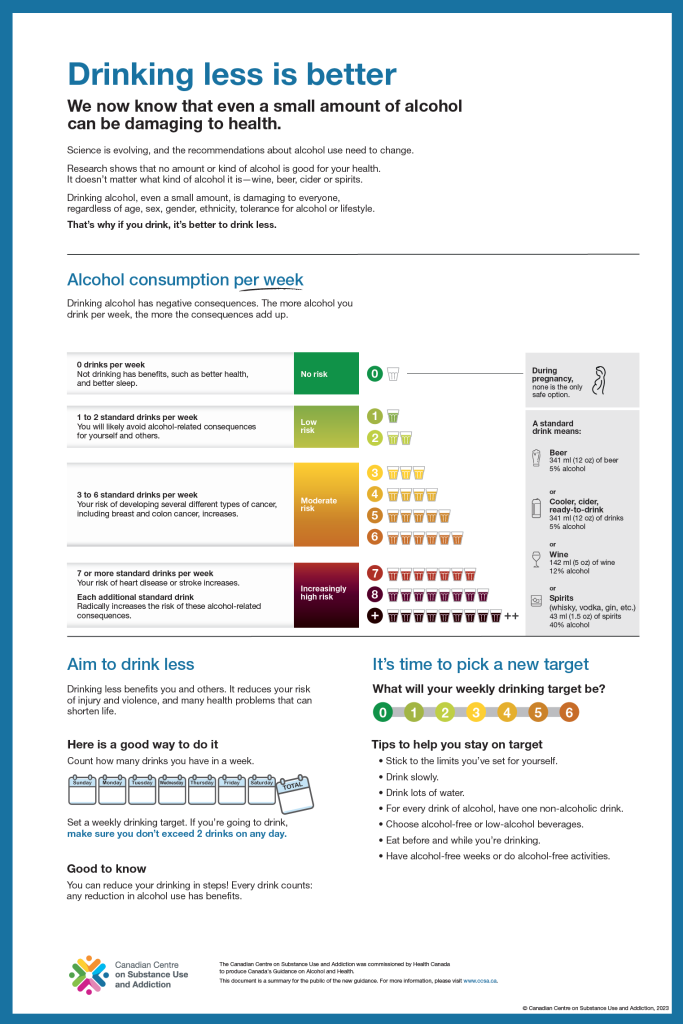Discover the surprising science behind why some people can handle their liquor better than others. Bottoms up, it’s time to demystify!
Table of Contents
Welcome to our latest blog post where we dive deep into the intriguing question on many people’s minds: How many beers does it actually take to get drunk? This age-old question has sparked curiosity and debate among drinkers for years, but the answer isn’t as straightforward as you might think. In this blog post, we will unravel the mystery behind alcohol tolerance and intoxication levels, exploring the science behind alcohol metabolism, individual tolerance levels, and various factors that can influence how drunk you feel after a few drinks.
The Science Behind Alcohol Metabolism
Alcohol metabolism is a complex process that occurs in the body when we consume alcoholic beverages. Once alcohol is ingested, it is absorbed into the bloodstream through the stomach and small intestine. From there, it is metabolized by the liver at a rate of about one standard drink per hour. Factors such as age, weight, and gender can all influence how quickly alcohol is metabolized, affecting how intoxicated a person may become after drinking.
Furthermore, the type of alcohol consumed can also play a role in intoxication levels. Drinks with higher alcohol content, such as spirits like vodka or whiskey, are more potent and can lead to quicker intoxication compared to lighter drinks like beer or wine.
Individual Tolerance Levels
alcohol tolerance refers to the body’s ability to handle and process alcohol over time. Individuals who drink regularly may develop a higher tolerance to alcohol, requiring more drinks to feel the same level of intoxication. This can be a dangerous cycle, as increased alcohol consumption can lead to dependence and health risks.
To determine your own tolerance level, it’s important to pay attention to how alcohol affects you personally. Keep track of how many drinks it takes for you to feel drunk or impaired, and be aware of any changes in tolerance that may occur over time. It’s always best to err on the side of caution and drink responsibly to avoid negative consequences.
Factors Influencing Intoxication
Several external factors can influence how drunk you feel after consuming alcohol. For example, eating a meal before drinking can slow down the absorption of alcohol into the bloodstream, potentially reducing intoxication levels. Likewise, staying hydrated and pacing yourself while drinking can also help mitigate the effects of alcohol.

Image courtesy of www.alcoholresearchforum.org via Google Images
It’s also important to be mindful of mixing alcohol with medication or other substances, as this can have dangerous and unpredictable effects on the body. Certain medications can interact with alcohol, intensifying its effects and potentially leading to adverse reactions. Always consult with a healthcare professional before mixing alcohol with any medication.
Lastly, mental state and emotions can play a significant role in how alcohol affects an individual. Stress, anxiety, or depression can exacerbate the effects of alcohol, making a person feel more intoxicated than they would under normal circumstances. It’s crucial to be aware of your mental state before drinking and to seek support if needed.
Conclusion
As we’ve explored in this blog post, the question of how many beers it takes to get drunk is not a simple one. Alcohol tolerance and intoxication levels are influenced by a variety of factors, including metabolism, individual differences, and external influences. It’s essential to drink responsibly, know your limits, and prioritize safety when consuming alcohol.
Remember, alcohol consumption should always be enjoyed in moderation. If you choose to drink, do so responsibly and look out for yourself and others. By understanding the science behind alcohol metabolism and tolerance levels, you can make informed choices about your drinking habits and stay safe while enjoying a drink with friends.
FAQ
How does weight affect alcohol tolerance?
Answer 1: Weight can affect alcohol tolerance, as a larger body mass may require more alcohol to feel intoxicated compared to a smaller body. However, alcohol tolerance is also influenced by factors like metabolism and individual differences.
Can genetics play a role in alcohol tolerance?
Answer 2: Yes, genetics can influence alcohol tolerance. Some people may have genetic variations that affect how quickly they metabolize alcohol, leading to differences in how intoxicated they become after drinking the same amount as others.
How does age impact alcohol metabolism?
Answer 3: Age can impact alcohol metabolism, as older individuals may metabolize alcohol more slowly than younger people due to changes in liver function. This can result in increased intoxication levels and a longer duration of alcohol’s effects.
Is there a safe amount of alcohol to drink?
Answer 4: Consuming alcohol in moderation is generally considered safe for most adults. It’s recommended to follow guidelines for moderate drinking, such as no more than one drink per hour and no more than a few drinks per day. However, individual tolerance levels and health conditions should always be taken into consideration.
Generated by Texta.ai Blog Automation


Leave a Reply